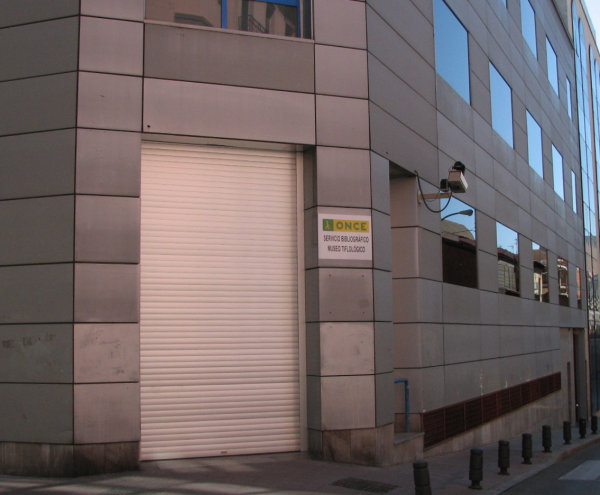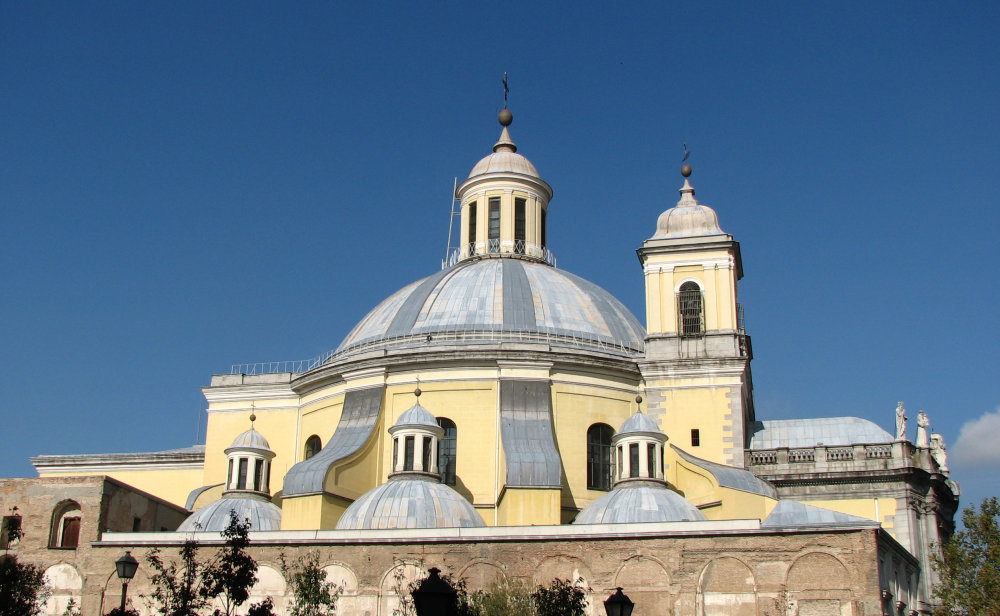Not far from Cuatro Caminos lies one of Madrid’s secret museums: the Museo Tiflológico.
Perhaps the tongue-twisting name has something to do with the unknown status of this place. Or maybe it’s the somewhat hidden location, several floors up from street level in a nondescript building, on a side street off Bravo Murillo, well away from the usual museum circuit, with very little signage in the street. Whatever the reason or reasons, even long-time local residents are unaware of this museum.
So what is this place?
The Tiflologico is run by the Spanish National Blind Organization (ONCE), which many locals know mainly from the telephone booth-sized kiosks selling ONCE lottery – or lottery sellers on street corners. Fewer people are aware of the large ONCE training center in the north part of the city or the other ONCE buildings in Madrid. Even fewer know that the ONCE organization also helps people who are not completely sightless, and some people with other kinds of disabilities.
The museum was inaugurated in 1992, with four main sections:
Reading, writing and teaching tools for the blind. Explains the raised-dot Braille system for reading and writing and shows the tools used over the years, plus other tools for learning to be functional in a sighted world (Braille typewriters, “talking” books, calculators…). Lots of exhibits of tools used as well as explanatory text. This section is actually the largest of the four sections, quite educational and gives the museum its name.
Temporary exhibits: Often quite interesting (I discovered this museum thanks to a temporary exhibit), usually artwork by blind or visually impaired artists. The museum often buys or keeps a piece on loan after these exhibits.
Permanent exhibit of art by the blind: With artwork that would be considered very good even among sighted artists, the quality and diversity of art in this section may change your ideas about the artistic capacities of sightless people. Some of my favorites are the blue tapestry, the chestnut seller sculpture, and a painting showing a rainy street scene – not to mention the sculptures in the entryway.
Models: Thirty-six scale models of major monuments in Spain and the rest of the world: Madrid’s Alcala gate, Santiago de Compostela’s Cathedral, Fromista’s Romanesque church share space with Rome‘s Coliseum, the leaning tower of Pisa and the Taj Majal. These models are partly a teaching tool for the blind, but are fascinating for the sighted as well, giving a bird’s-eye view of monuments that cannot be fully understood at street level or inside. A few models may be on loan out of the museum, but the majority will always be there.
All in all, a great place to see, for the artwork and the monuments, which are a fun “visit” to sights in other cities.
Museo Tiflologico (located in the ONCE bibliographic building)
website: http://museo.once.es/home.cfm Email: museo@once.es
calle Coruña 18 Metro stop: Estrecho
Usual schedule: Tues-Fri 10AM-2PM, 5-8PM, Sat 10AM-2PM, closed Sun+Mon
Note: Take your ID or a photocopy, you may be asked to fill out a short form before entering the museum.



